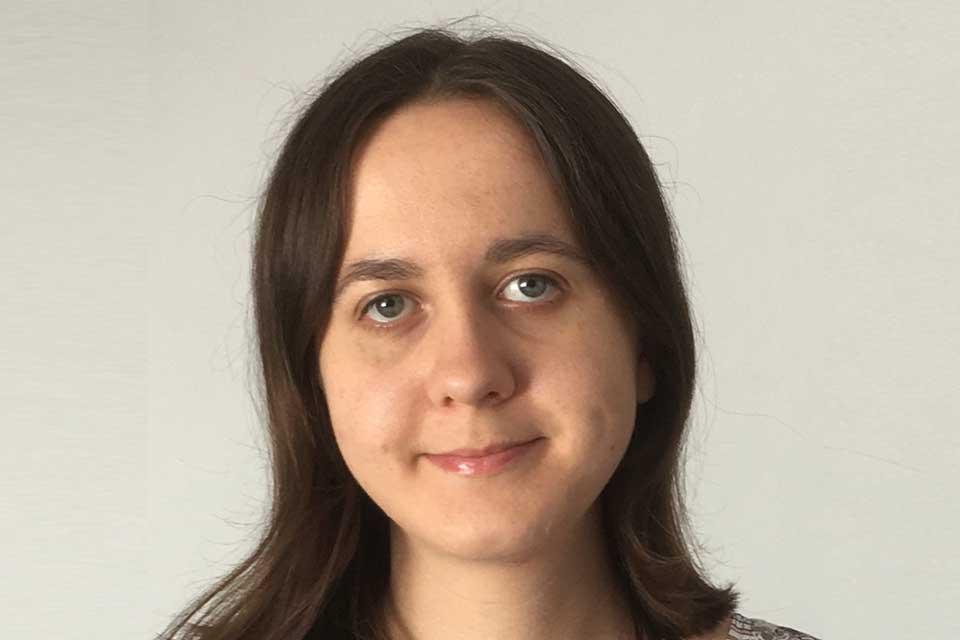Dr Sophia Vaughan has been awarded the Royal Astronomical Society's Michael Penston Thesis Prize following her DPhil at the University of Oxford’s Department of Physics. The prize is awarded annually for the best doctoral thesis in astronomy or astrophysics.
Her thesis, 'Characterising exoplanets in reflected light: a pathway towards Earth-like worlds', looks at the reflected light of exoplanets and the insights it provides on their atmospheres, which is a poorly developed but crucial avenue of research in exoplanet characterisation. Characterisation through reflected light is a promising and exciting research area and the coming decades are expected to see significant advancements in this field. Dr Vaughan’s thesis lays out a roadmap to the characterisation of habitable worlds using reflected light and where this research might take us in the next few decades.
Dr Vaughan comments: ‘I finished my PhD at the University of Oxford and I have now moved to the Max-Planck Institute of Astronomy where I have started my APEx prize fellowship. I am honoured to win such a prestigious award which would not have been possible without my supervisor Jayne Birkby, my network of collaborators and my family who all supported me along the way. In addition, this wouldn't have been possible without Laura Kreidberg, who nominated me for this award, and my reference letter writers. This award means a lot to me as it highlights the importance of this research and I am looking forward to continuing my journey into this next exciting phase of exoplanet observations using reflected light.’
‘It’s so wonderful to see Dr Vaughan recognised for all her hard work in driving forward this important new area of exoplanet observations in reflected light,’ comments Professor Jayne Birkby. ‘It is a richly deserved award, and it’s been really exciting to work with Sophia during her DPhil. I’m really looking forward to her upcoming results leading us into the era of the Extremely Large Telescope and rocky planets it opens up for exploration.’

